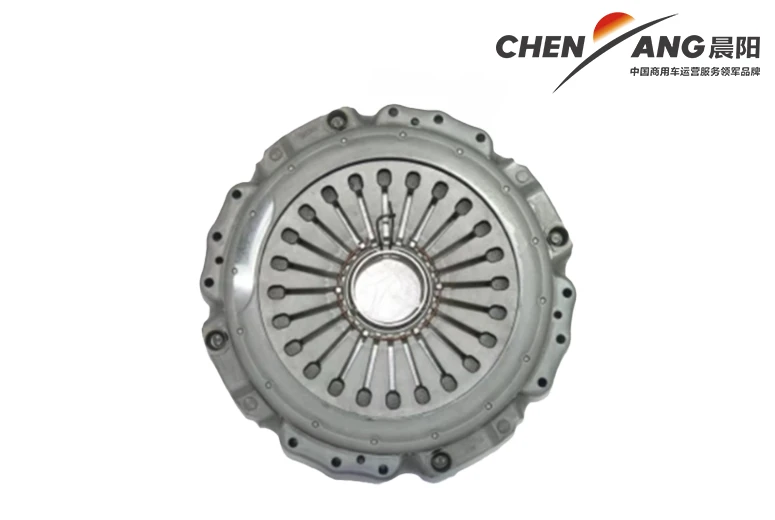Exploring Comprehensive Vehicle Frameworks and Their Impact on Performance and Design
Understanding Full Chassis The Foundation of Modern Vehicles
The term full chassis refers to the complete framework of a vehicle, which includes not only the body but also the essential components that support the vehicle's structure and provide stability during operation. This concept is vital to various types of automobiles, particularly in the world of passenger cars, trucks, and larger vehicles like buses and recreational vehicles (RVs). Understanding the full chassis is crucial for both manufacturers and consumers alike, as it directly affects performance, safety, and comfort.
What is a Full Chassis?
A full chassis typically incorporates the vehicle's frame, suspension system, axles, brakes, drivetrain, and powertrain components, all integrated into a single structure. This contrasts with a unibody design, where the body of the vehicle is constructed as one cohesive unit with the chassis. While unibody designs have become more common due to advantages in weight efficiency and cost, full chassis designs are still prevalent in heavy-duty and off-road vehicles where durability and serviceability come to the forefront.
Benefits of a Full Chassis Design
1. Durability and Strength Full chassis designs are often more robust than unibody designs. The separate chassis frame can handle higher loads and stresses, making it ideal for vehicles intended to carry heavy payloads or undergo rough terrain. For instance, trucks and SUVs benefit from this design by offering enhanced towing capacities and off-road capabilities.
2. Easier Repairs When a vehicle is built on a full chassis, individual components can be replaced or repaired with greater ease. In contrast, unibody vehicles often require more extensive repair work if the body is damaged, which can be costly and time-consuming. The modular nature of a full chassis allows for quicker fixes.
3. Customization Full chassis vehicles are often favored for customization. For enthusiasts looking to modify suspensions, engines, or other components, the distinct separation between the body and frame provides a platform for extensive personalization.
full chassis

4. Performance In high-performance vehicles, a full chassis can provide better handling characteristics. The suspension can be designed and fine-tuned independently from the body, allowing for optimal weight distribution and driving dynamics.
A Closer Look at Applications
Full chassis designs are commonly utilized in commercial vehicles, such as delivery trucks and ambulances. The ability to carry heavy equipment and passengers safely makes these vehicles highly valuable in various industries. Additionally, off-road vehicles, such as those designed for competitive racing or extreme conditions, rely on the rigidity and resilience of a full chassis to navigate challenging environments successfully.
Popular manufacturers often emphasize their full chassis systems when marketing to commercial and recreational users. For example, RV manufacturers may highlight the stability of their series built upon a solid chassis, promoting a smoother ride and safer travels for families and adventurers.
The Future of Full Chassis
While trends in automotive design continue to evolve, the full chassis remains relevant, particularly for specific applications. With the growth of electric vehicles (EVs), manufacturers are exploring chassis designs that can accommodate larger battery systems without compromising traditional benefits. Innovations in materials, too, such as the use of lightweight metals and composites, are transforming how full chassis are built, enhancing efficiency while maintaining strength.
In conclusion, the full chassis serves as a critical foundation for various vehicle types, providing strength, durability, and flexibility. As automotive technology advances, understanding and appreciating the value of a full chassis will remain essential for engineers, manufacturers, and consumers looking to optimize their driving experience. Whether it’s for commercial use or recreational pursuits, the significance of the full chassis will continue to shape the future of vehicle design and performance.
-
SINOTRUK HOWO 84 Electric Dump Truck for Eco-Friendly Heavy HaulingNewsJul.26,2025
-
The Fast 16-Gear Manual Transmission Assembly for Heavy TrucksNewsJul.25,2025
-
Mercedes Benz Actros 1848 42 Tractor Truck for Sale - Reliable PerformanceNewsJul.24,2025
-
High-Quality Water Pump Assembly for Sinotruk Trucks – Durable & ReliableNewsJul.23,2025
-
Premium Truck Engine Antifreeze Coolant Fluid for Heavy Duty VehiclesNewsJul.22,2025
-
FOTON View G7 Mini Bus: Affordable & Spacious TransportNewsJul.22,2025
Popular products

























